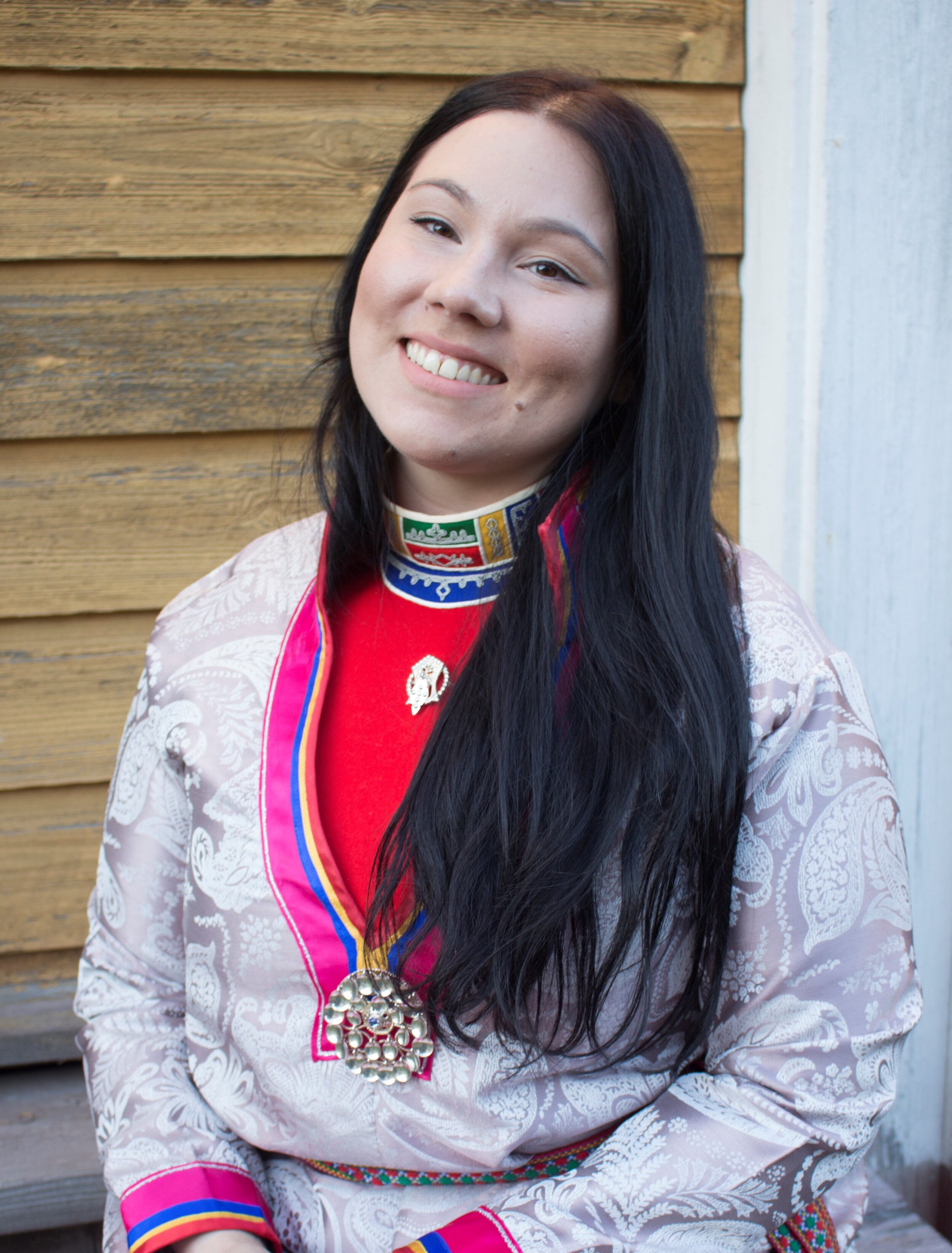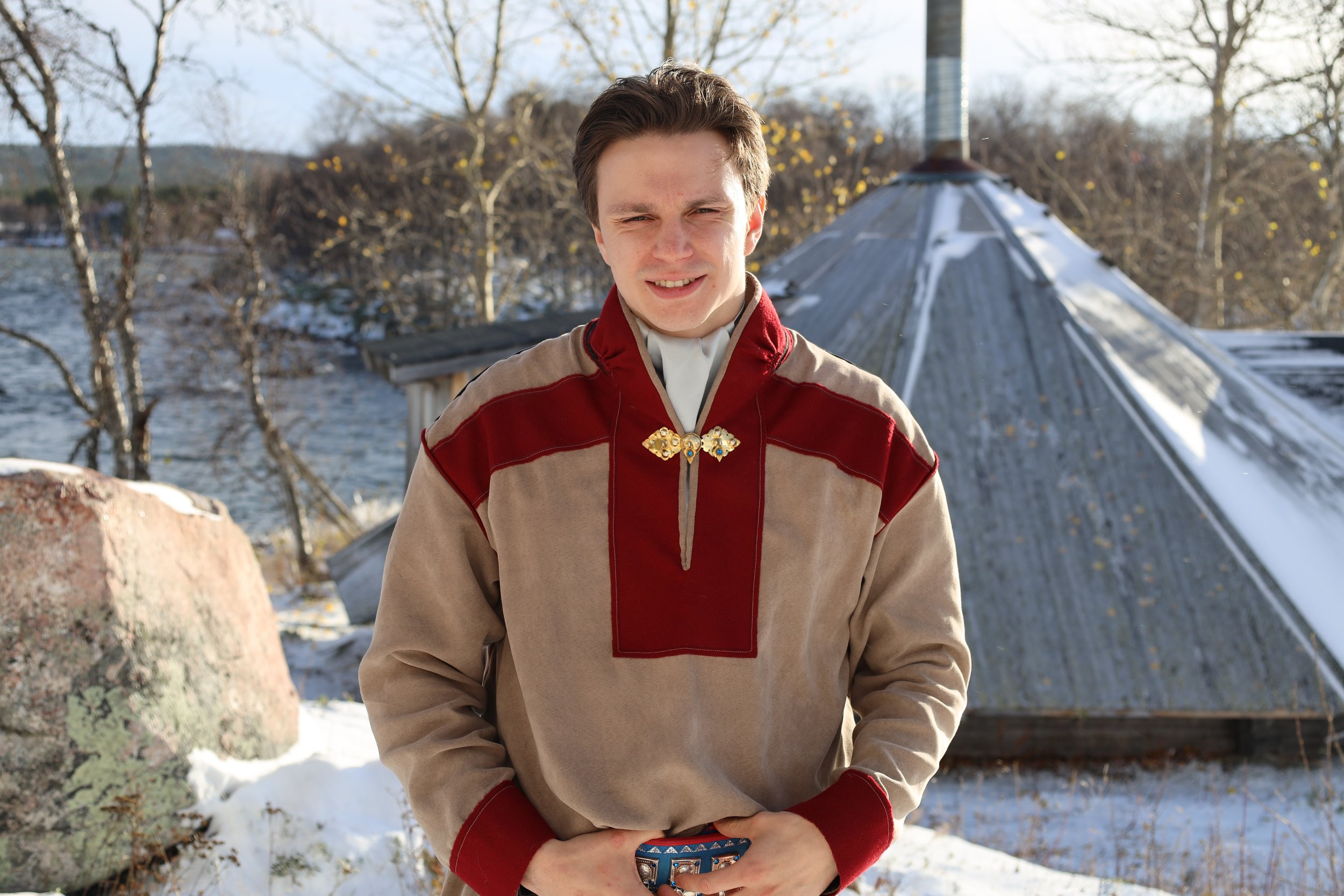Photo: Carl-Johan Utsi
Arctic and Environmental Unit
“Healthy and productive ecosystems, both on land and in water, are the basis of Saami culture and identity.”
”The basis of Saami culture must be be secured and strengthened through sustainable management of natural resources. Negative consequences caused by, amongst other, pollution, climate change and changes in the use of nature must be prevented.”
Healthy and productive ecosystems, both on terrestrial and marine, and the services they provide are the very basis of Saami culture and identity. People depend on food and duodji materials in order to secure good health, safety and security. Knowledge of comprehensive and sustainable use of resources has evolved over generations. Climate change, pollution, encroachment and changes in land use change our natural environment and pose challenges for the Saami culture.
The Saami Council is the voice of the civil Saami society in the Arctic Council and in the UN environmental conventions and other international fora, where we address the challenges facing the Saami culture and provide solutions we believe the Saami culture and our knowledge can offer.
The Saami Council aims to promote Saami interests and perspectives through cooperation in the Arctic Council in order to increase the focus on Arctic indigenous peoples in the Arctic Council and to contribute to the voices of indigenous peoples being heard and our perspectives taken into account in the UN environmental conventions. We will raise Saami indigenous knowledge and issues in close cooperation with the Saami community.
Here you can find "The Sámi Arctic Strategy" that was adopted in September 2019. It also includes a list of knowledge gaps and research needs in Sápmi.
The Head of the Arctic and Environment Unit is Gunn-Britt Retter.
The Saami Council will:
Actively participate in the Arctic Council's working groups - with a special focus on marine plastic pollution, mental health in the Arctic, climate change, including resilience, adaptation and impact on Saami culture, wetlands and continued focus on gender equality.
Focus on an Arctic stewardship and ensure that the certification system for companies as proposed by the Saami Council forms the basis for this development;
Chair the board of the Arctic Council Indigenous Peoples Secretariat (IPS) for the period 2019-21;
Collaborate with other Indigenous representatives and Saami parliaments to strengthen Indigenous people's perspectives in the work of the Convention on Biological Diversity (CBD), the Sustainable Development Goals (SDG) and the UN Climate Convention (UNFCCC). This includes participation in the Intergovernmental Science-Policy Platform on Biodiversity and Ecosystem Services (IPBES) and The Intergovernmental Panel on Climate Change (IPCC) as far as capacity allows;
Ensure the best possible knowledge base in international processes and ensure that Saami indigenous knowledge is part of this foundation;
Organise expert workshops in Sápmi to prepare expert inputs to international processes;
Strengthen information to the Saami community about the Arctic and environmental issues that the Saami Council participates in, including through social media.
News
Documents
Listen to a former representative of the Saami Council, Mr. Leif Halonen, talk about how Indigenous Peoples became part of the Arctic environmental cooperation with the states in 1991 when Arctic Environmental Protection Strategy was established. In 1996, this cooperation formed the foundation for the establishment of the Arctic Council.
Relations in the Arctic began to change rapidly following Gorbachev’s speech in Murmansk in 1987. This led to the formation of the Arctic Environmental Protection Strategy in 1991. This development led to Arctic Indigenous Peoples becoming key players in regional environmental politics. But first, they had to convince governments of the Arctic states that they should be involved. Leif Halonen talks about the strategy that got them to the table.
You can read more about this under the "Indigenous Peoples react to change" part of the story map that was made for the 20th anniversary of the Indigenous Peoples Secretariat (IPS).
Women of the Arctic have made an interview series with Gunn-Britt Retter about the Saami Council’s work on arctic issues. You can find the videos here.
Skimming the Surface: Using Seabirds to Monitor Plastic in the Arctic






















